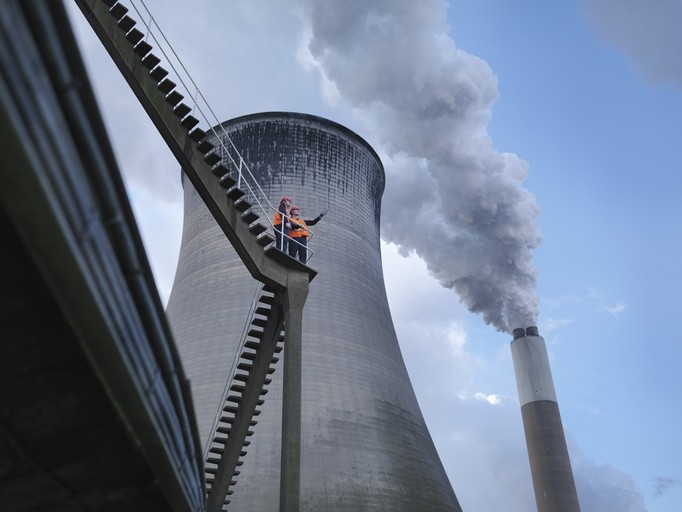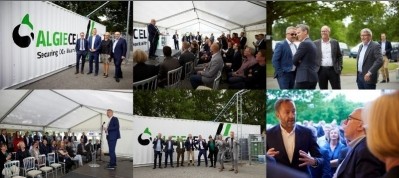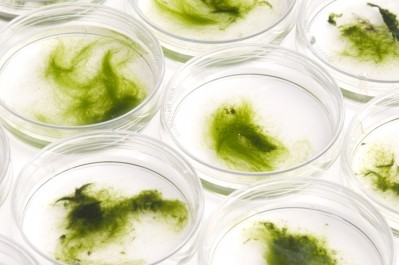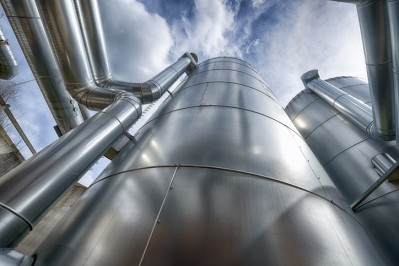US team want to produce algae for feed using flue gas and wastewater

The initiative, which is co-funded by the US Department of Energy’s National Energy Technology Laboratory, will combine carbon dioxide (CO2) from a coal-fired power plant with nutrients from wastewater treatment plants to cultivate algae for animal feeds.
ISTC integrates applied research, technical assistance, and information services to advance efforts in the areas of pollution prevention; water and energy conservation; and materials recycling and beneficial reuse.
Algae is attractive in terms of it taking up CO2 from power plants because it requires less land, according to ISTC principal investigator, Lance Schideman.
And using CO2 from flue gas in algae production has the potential to significantly reduce greenhouse gasses.
Schideman is collaborating with University of Illinois researchers, Joshua McCann and Carl Parsons, who will conduct the animal feed studies.
The team said they will use the algae species, Spirulina, because it is already US Food and Drug Administration (FDA) approved for use as a food ingredient and has a high protein content, which commands higher prices.
The algae cultivation system will be integrated with the City Water, Light and Power (CWLP) plant in Springfield, Illinois. Global Algae Innovations will provide the algae biomass production system to be demonstrated at field scale for this project.
The wastewater, which is full of organic nutrients that support algae growth, will come from a local wastewater treatment plant.
“We’re putting all the pieces together in a coordinated fashion and lowering the net costs of growing algae using industrial and municipal by-products as inputs to improve the economic environmental sustainability of algal carbon capture,” said Schideman.
Ultimately, the system will produce feed especially for cattle and chickens. The product will be dry, which helps reduce spoilage, and will have a high nutritional value compared with some other feeds, said the researchers.
UK-based algae project
We reported on a UK based collaborative effort between Livalta, an AB Agri division, and Canada’s Pond Technology in September last year. That initiative is set to see viable production of spirulina-based ingredients for feed from CO2 emissions.
Under the terms of the agreement, AB Agri is purchasing an algae demonstration system from Pond for CA$2.2m that will be installed at British Sugar’s Wissington site in Norfolk this year.
That pilot operation will be followed by a commercial-sized plant at the same site producing 20,000 tons of spirulina from CO2 emissions.
"We estimate the pilot plant will run for around 12-18 months. During that time, we would carry out an engineering and commercial feasibility study for the commercial-sized plant. We envisage having the industrial facility running at full capacity two to three years after starting the pilot," a spokesperson for AB Agri told us back then.
As part of the tie-up, Pond will also receive up to CA$2m in technology access fees and an ongoing royalty based on the production from any commercial algae plants deployed in the future.
In terms of potential markets for the resulting spirulina product, the spokesperson said it will be targeted at all livestock sectors along with the pet food arena.
Located in Ontario, Pond licenses out its technology to third parties. It says its "disruptive" platform is based on AI, proprietary LED-lights and patented CO2-management.
Regarding how environmentally friendly this particular approach to producing feed proteins is, the AB Agri spokesperson commented:
"Initially, the process takes CO2 emissions out of the air: One ton of algae sequesters nearly two tons of CO2 . In terms of total carbon footprint, this depends on the energy needs and sources used for growing and processing the algae. For the commercial size plant, we would aim to be carbon neutral, using equipment with low energy needs and renewable energy sources."









